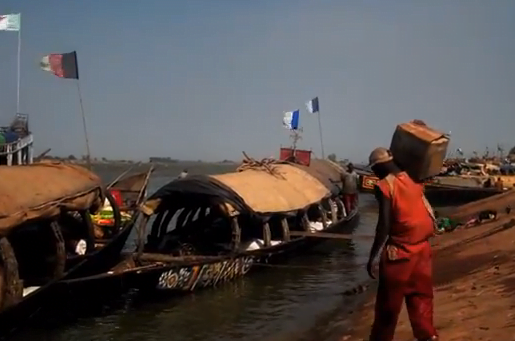Here is a snapshot of how the international community and UN agencies are working to aleviate the suffering of people displaced by conflict in Mali. From the World Food Program:
The Security Council is currently weighing in on whether or not to support a regional effort to mount a military intervention in northern Mali to evict the rebels. What is becoming clear, though, is that a military intervention could exacerbate the humanitarian crisis. Just yesterday, humanitarian agencies warned of the impact of armed intervention.
Over 700,000 people could be displaced if military intervention goes ahead next year in northern Mali, according to preliminary estimates by humanitarian agencies, who stress that the numbers are just approximations.
This includes some 300,000 internally displaced Malians (a significant increase on the current 198,550) and 407,000 refugees (currently 156,819), most of them headed to Mauritania, Burkina Faso, Niger, Côte d’Ivoire, Guinea, Senegal and Algeria.
Over recent months humanitarian actors have been using risk and threat models to develop likely disaster scenarios, with a view to mapping out what their response might look like – an exercise fraught with difficulty given the uncertainties involved.
“It is almost impossible to predict what is going to happen where and when – everything is very broad,” said Philippe Conraud, West Africa emergency coordinator with Oxfam, which is working in Mali, Mauritania, Niger and Burkina Faso.
Hopefully, the Security Council will heed these warnings as they debate this issue this week.
